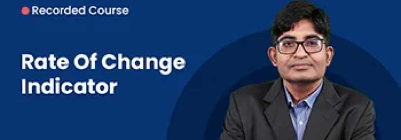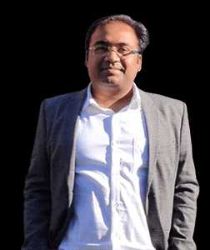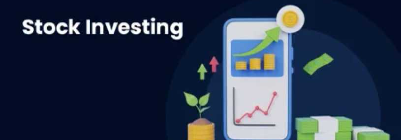As far as the equity market is concerned the mood in India is not upbeat due to the weakness we have seen. Will it be a deep correction or a shallow one?
Anurag Singh: Before we jump in and call it a bear market, let’s put this into context. Over the past one year, smallcaps have returned 43% and midcaps are almost the same. Nifty Junior is up around 60%, Nifty is up around 25%. Now, it all depends on what expectations people rise with the market. I hope those who expect this kind of return know what they are doing. But I think long term SIP investors never expected this return.
So, even if we have 5%, 7%, 10% from above, we are still in a very bullish area. That is point number one. Another point is, if someone feels that they are too low, they have taken a 20-30% correction, the only indication that their portfolio is misallocated. We all get distracted by the last three-year, five-year returns. Investors should reconsider their portfolio and see that at least 50% is in largecaps and then around 30% in mid and small caps and around 20% in bonds or fixed income or PPF or a combination thereof.
If not, you won’t experience a 10% correction, you will actually experience a 25% correction. Finally, the ultimate market truth is mean reversion. When I talked about these numbers, like 30%, 40%, 60%, 25%, 30% returns, the markets would come back to sense, the average is about 12% to 14%. Whether midcaps outperform smallcaps is a contentious debate. In my opinion Nifty 500 is also around the same 12% to 14% long term returns. Eventually, the markets will return to that. So, we should all take a chill pill, relax and put our expectations around it.
What does a shopping list look like? Are you already buying discount in India?
Anurag Singh: I have been a seller, I am guilty of the way FIIs have sold. Only I invest in private sector banks. I think it remains a long-term story and that’s the only place I find value. Outside of that, healthcare is a space that we like, but most of healthcare is being played through the private equity route. But regardless, even in the listed space, healthcare continues to be a space as the economy grows. The top class of society, which is the top 10-15% of India, will always lack healthcare, so that’s another place. Other than that, I don’t see compelling reasons to buy right now. But there will come a time when the market is extremely fearful and it is time to buy aggressively. Other than that, stay still.

DIIs, not FIIs, are the real culprits of the market pullback: Anurag Singh
What is your business for the year? Right now, it might be private sector banks because you want to hide something that offers safety and valuation comfort in the near term, but in general, if you’re only allowed to punch in one trade, what can a year’s trade be?
Anurag Singh: I would still say private sector banks. I can’t find any other place. It depends on the perspective. I hate seeing a 30-40% correction and so I really don’t want to enter positions where valuations are too high. Unilever’s results justify that a company growing at 2% top line cannot deliver 30, 40, 50 multiples. Here is the ultimate truth. India’s nominal GDP is growing at the rate of 10%, in the last 10 years, from 2014 to 2024, the nominal GDP is 10%.
So, there is no way that companies can grow by 20%. It will be around 12-14%. We like private sector banks because it is the only big story and it indirectly plays a role in the larger economy and it is also a safer story. I understand that FIIs hold large positions, at some point they will sell, but the risk reward still seems very comfortable to me.
Add that bit to healthcare. There are other stories, but they are too precious. You can burn your fingers there. And I’m saying this because we have the flexibility to invest capital. If my capital was only tied to India, I would have looked at other places. But currently I have only these two places.

Mass goods are low, premium parties are high
(You can now subscribe to our ETMarkets WhatsApp channel)
































